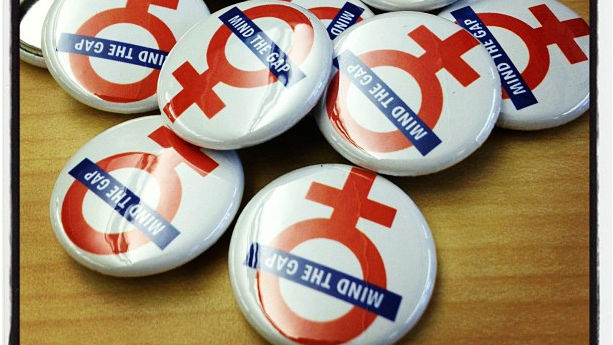Schools, Segregation and Equality
Is de facto racial segregation in public schools a problem? A strong and vocal majority of readers responding to my Economist post on the dearth of blacks and Hispanics at some elite high schools in New York City think the answer is clearly no.
My post looked at a federal civil rights complaint filed by the NAACP Legal Defense Fund against New York City for the standardized test it uses to select students for “specialized” city high schools. The Specialized High School Admissions Test (SHSAT), the NAACP argued, is a blunt, discriminatory instrument that effectively ropes all but a handful of black and Hispanic students out of many of New York City’s best schools.
At the Economist, I noted that the NAACP complaint has little chance of effecting change in the admissions procedures at the specialized schools but explained my trouble with Mayor Michael Bloomberg’s stance that the schools are “as fair as fair can be.” I concluded that “a serious commitment to democratic equality requires that the specialized schools rethink and retool their admissions policies” in a more holistic direction.
Writing in the New York Post, researcher Jessica Hockett reports that New York’s specialized schools are alone in relying on a single test to admit its students:
Essentially, we discovered that the five boroughs are the last bastion of the public “exam school” in its most outdated form. That is, New York is the only city with not just one but eight schools that admit students solely on the basis of a single rank-ordered score on a do-or-die seated entrance exam. Even Boston Latin, America’s oldest exam school, weighs applicants’ test scores alongside their grades.
So why did most of my readers disagree with my argument so strongly?
One tack was to reverse the charge: it would be “racist” to alter the admissions policy that brings tiny percentages of disadvantaged minorities to elite schools:

Another was to blame disadvantaged racial groups for their plight:

And a third approach looked at other disparities, real and imagined, in an attempt to show how ridiculous the aim of integration is. Here are three examples:
Does anyone else find it odd that ALL the athletes on the US 4 X 100M Olympic relay teams (men’s and women’s) were black? Does this mean that the US Olympic Committee’s selection criteria are clandestinely racist? Do we have grounds on which to claim that “a serious commitment to democratic equality requires that the US Olympic Committee rethink and retool their selection policies”? (Hamakko)
Supposing the school is a preparatory school for Bolshoi Ballet. Should it admit anyone who wishes to be principal dancers in Bolshoi one day, including folks with club feet and weigh 300 lbs? (Ashbird)
The idea that “everyone should be able to go to Oxbridge/Ivy League if they really want” ignores the fact that admissions are zero sum – that is, for everyone you admit one person equally gifted and arguably more qualified according to current standards is removed and denied that opportunity. This is why I am also vehemently against legacy admissions for anything. (Ah Beng)
The force of this blowback was surprising, even for a right-leaning Economist readership.
I wonder what Big Think readers think. I invite you to read the NAACP complaint, watch Mayor Bloomberg’s response (below), have a look at my Economist post and keep the discussion going.
Image credit: shutterstock.com
Follow Steven Mazie on Twitter: @stevenmazie





